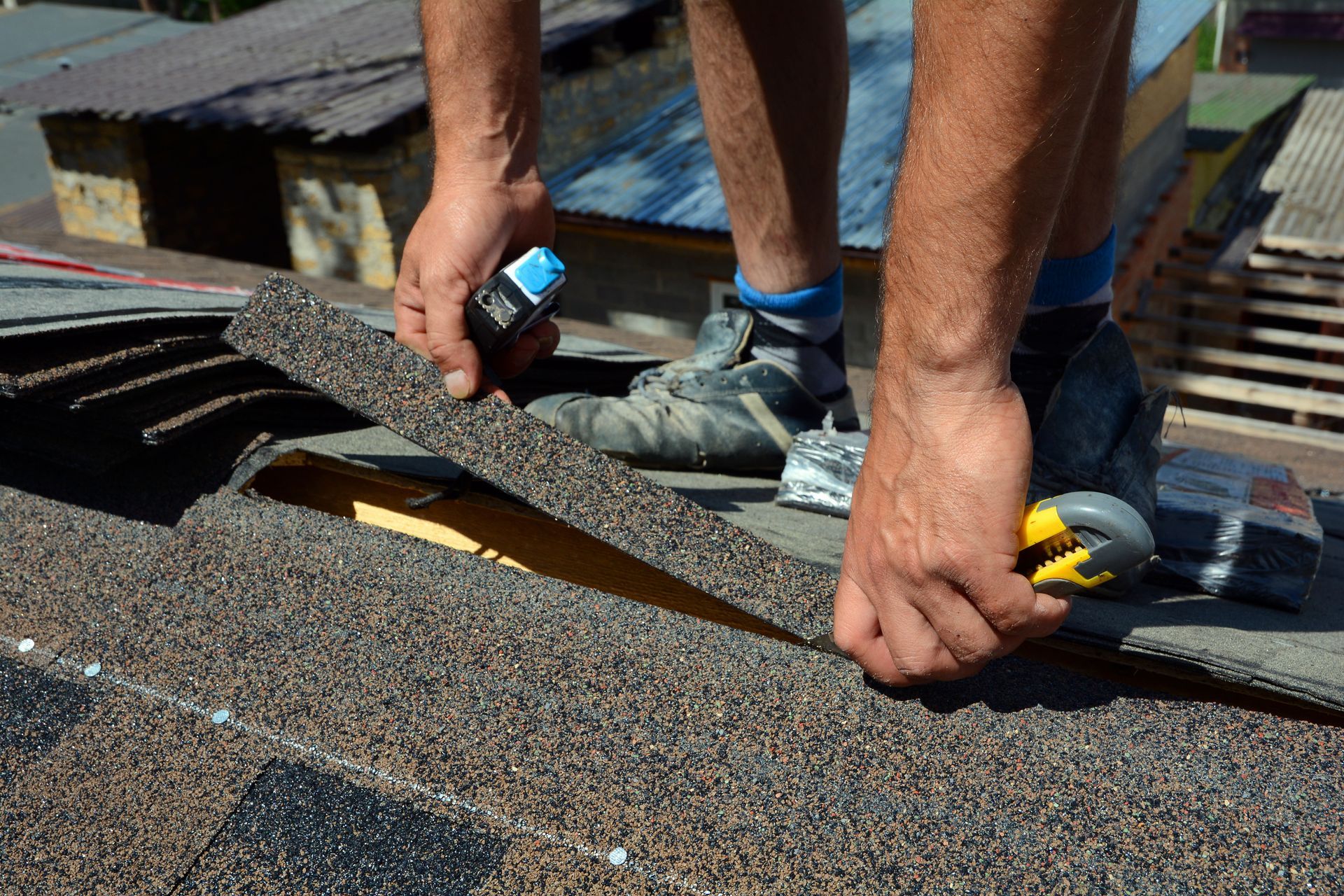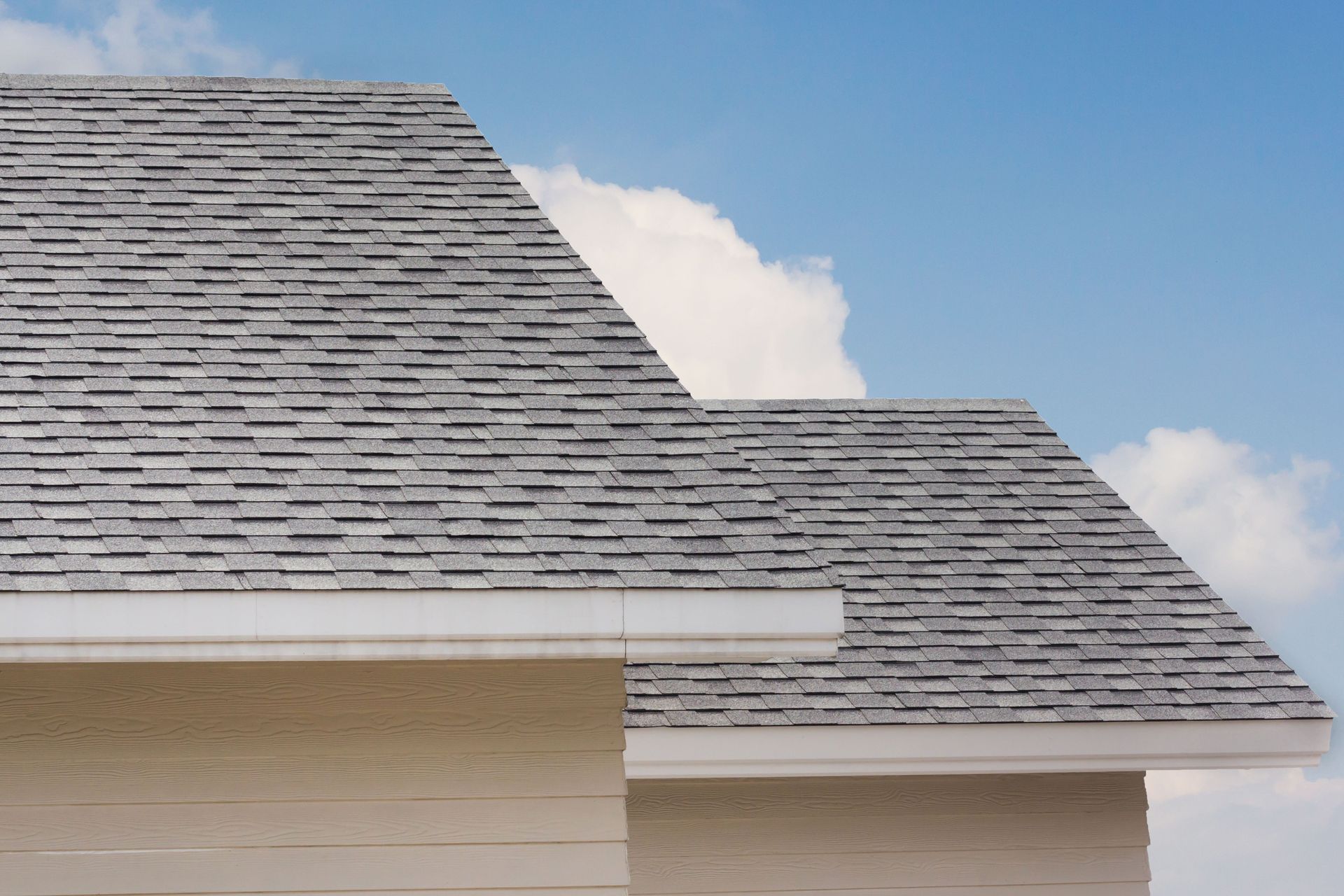Slate or Asphalt Shingles for Your Roof? Roofing Contractors Weigh In
Selecting the right material for your roof isn’t just about aesthetics—it’s a decision that affects your home's longevity, energy efficiency, and resale value. With slate and asphalt shingles being two of the most popular choices, understanding their differences can help homeowners make informed investments. Each option presents a unique set of benefits and drawbacks, and consulting experienced roofing contractors is key to navigating this important decision. In this guide, we break down everything you need to know about slate and asphalt shingles, offering a side-by-side comparison to help you determine the best fit for your home and budget.
Your roof is one of the most significant components of your home's structure. It safeguards your family and possessions from weather damage and contributes to overall curb appeal. Making a smart choice now can save you from costly repairs, replacements, and inefficiencies later. With so many materials available, it’s easy to feel overwhelmed. That’s why understanding the core differences between slate and asphalt—two tried-and-true materials recommended by roofing contractors—is essential. Let's explore which one might suit your home best.
The Enduring Legacy and Appeal of Slate Shingles
Slate shingles are steeped in history, with roots dating back centuries in regions like Wales and Spain. Their use in luxury estates and historic landmarks has cemented their reputation for both elegance and resilience. Today, homeowners seeking a timeless, high-end aesthetic continue to favor slate for its natural beauty and architectural charm.
One of slate’s most compelling features is its exceptional durability. From our experience, a well-maintained slate roof can last over 100 years, offering resistance to fire, rot, insects, and extreme weather. Its density also provides excellent insulation, helping to reduce energy bills. Available in a variety of natural colors and textures, slate shingles can elevate the look of both traditional and contemporary homes.
However, slate is not without its challenges. It is significantly heavier than other roofing materials, often requiring structural reinforcement—especially in older homes. Additionally, installation demands skilled labor due to the precision required in cutting and fitting the tiles. This, combined with a higher initial price, makes slate a premium choice. Roofing contractors often stress the importance of hiring qualified specialists for slate installation to avoid complications and protect your investment.
For environmentally conscious homeowners, slate’s recyclability and longevity enhance its appeal. It’s commonly used in upscale custom builds and eco-friendly projects where sustainability and aesthetics go hand in hand. Though asphalt dominates the market, slate continues to find a place in luxury developments and historic renovations.
Modern Performance and Versatility of Asphalt Shingles
Unlike slate, asphalt shingles rose to prominence in the early 20th century as a cost-effective alternative. Thanks to industrial advancements, asphalt shingles evolved from basic organic materials to modern fiberglass composites that offer improved fire resistance, durability, and design options.
According to Roofers Guild, 75% of North American homes use asphalt shingles, reflecting their widespread popularity. One of the major advantages of asphalt is its affordability. With a relatively low cost, asphalt is accessible for most homeowners, especially those prioritizing short-term budget goals. Roofing contractors often recommend asphalt for first-time buyers or those looking to upgrade quickly without major financial strain.
In terms of aesthetics, asphalt shingles come in a wide range of styles, from three-tab to high-definition architectural designs. These options allow homeowners to match the look of their roof to their home’s architectural style, whether it's traditional or modern. Additionally, modern coatings and granule finishes offer enhanced UV protection, mold resistance, and energy-efficient properties.
We've found that while asphalt shingles generally last 15 to 30 years—less than slate—they require less specialized labor and are easier to repair or replace. However, improper installation or harsh weather can shorten their lifespan. Roofing contractors emphasize the importance of routine inspections and hiring professionals with experience in asphalt installation to maximize the life of the roof.
Comparing the Cost, Care, and Value of Slate vs. Asphalt
When comparing costs, asphalt holds an advantage in terms of initial investment. Its lower material and labor costs make it a favorite for budget-conscious projects. Slate, on the other hand, is typically much more expensive, making it a larger upfront expense. However, its exceptional durability can make slate more economical over time.
Roofing contractors advise homeowners to consider long-term maintenance and energy efficiency in their cost analysis. Slate requires minimal maintenance and can last a lifetime, while asphalt may need replacing two or three times over a 100-year span, according to our own experience in the field. Asphalt shingles, though cheaper initially, may incur higher long-term costs due to more frequent repairs or full replacements.
Energy savings can also influence your decision. Slate’s dense composition naturally insulates homes, leading to lower heating and cooling bills. While asphalt lacks this natural insulation, newer shingles with solar-reflective coatings can still contribute to energy efficiency. These options are especially beneficial in hot climates where cooling costs are high.
Maintenance requirements further differentiate the two materials. Slate demands occasional inspections by specialists, but minimal routine maintenance. Asphalt shingles, being more susceptible to wind damage and granule loss, require more frequent checks. Roofing contractors often suggest annual inspections for asphalt roofs and biannual inspections for slate to ensure performance longevity.
Sustainability, Style, and Evolving Trends in Roofing Materials
Both slate and asphalt shingles offer environmentally responsive options, but they do so in different ways. Slate, being a natural material, has a minimal carbon footprint in terms of production and is fully recyclable. Its long lifespan means fewer resources are used over time. This makes slate ideal for eco-conscious homeowners seeking sustainable, long-term solutions.
Asphalt shingles, while traditionally seen as less eco-friendly, are evolving. Manufacturers now offer recyclable products and solar-reflective designs that reduce energy use. While not all asphalt shingles are recyclable, advancements are narrowing the environmental gap. Homeowners looking to reduce their environmental impact should consult roofing contractors about eco-certified asphalt options.
Aesthetically, slate shingles offer a high-end, rustic appearance with natural variations in color and texture. No two slate tiles are identical, providing a bespoke look that enhances curb appeal and property value. Asphalt shingles also offer a wide variety of colors and textures, but they typically mimic other materials rather than providing a unique, natural finish.
Market trends show an increasing demand for both performance and style. Innovations in asphalt shingle technology, such as high-definition patterns and improved weather resistance, continue to attract homeowners. Meanwhile, slate remains a symbol of luxury and heritage, favored in historical renovations and upscale developments. Roofing contractors note a growing interest in hybrid roofing systems and custom projects that blend aesthetics, durability, and sustainability.
Choosing between slate and asphalt shingles depends on your budget, aesthetic preferences, and long-term goals. Slate offers unmatched durability, natural beauty, and eco-friendliness, making it ideal for homeowners willing to invest in long-lasting quality. Asphalt, on the other hand, provides affordability, versatility, and ease of installation, appealing to those seeking a practical and attractive solution.
Before making a final decision, it’s crucial to consult with professional roofing contractors. Their experience ensures the chosen material is properly installed, structurally appropriate, and aligned with your vision and needs. Whether you’re building your forever home or planning a cost-effective renovation, understanding the pros and cons of each material will lead to a smarter, more confident investment in your roof’s future. For expert guidance and quality craftsmanship, trust Muthard Roofing Inc to help you choose and install the perfect roofing solution for your home.








Share On: